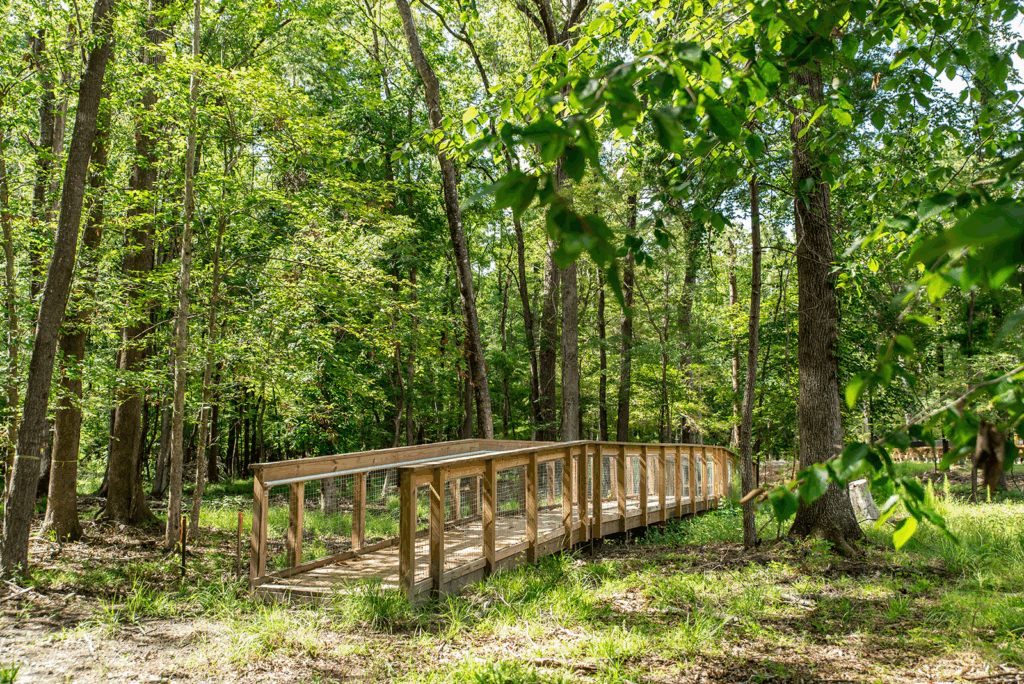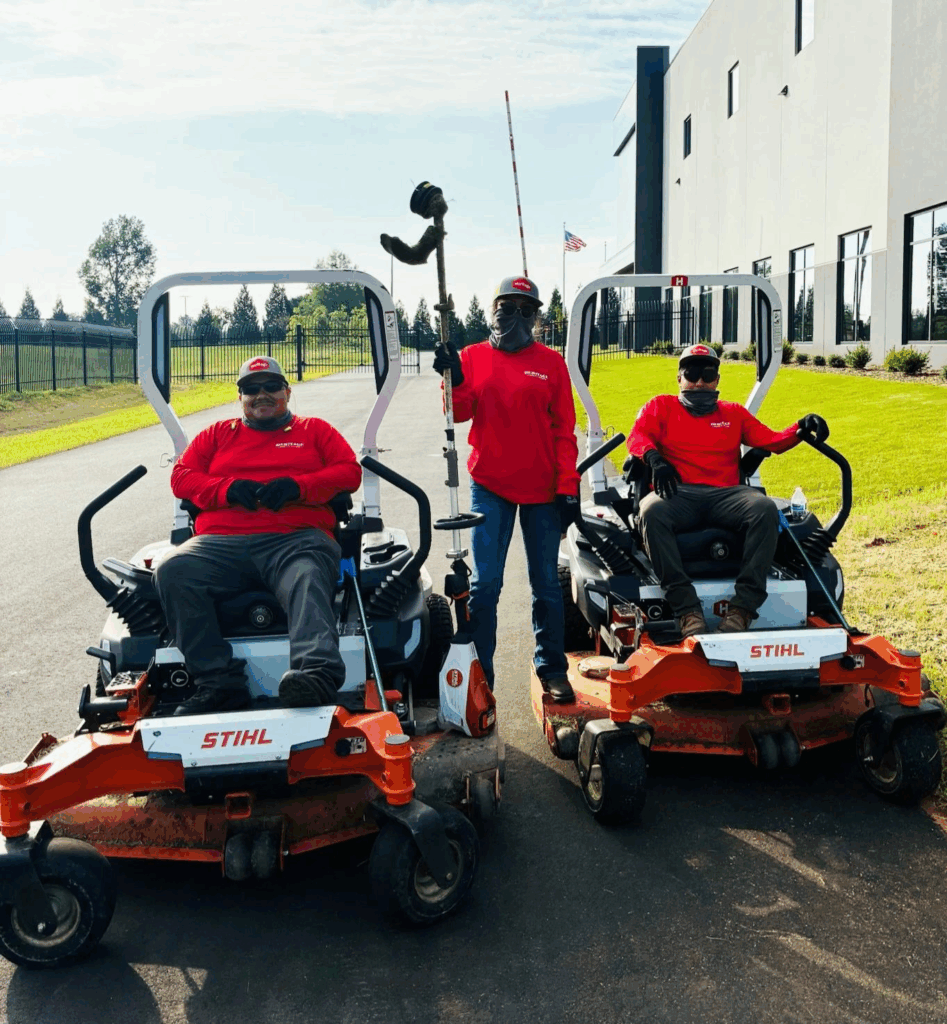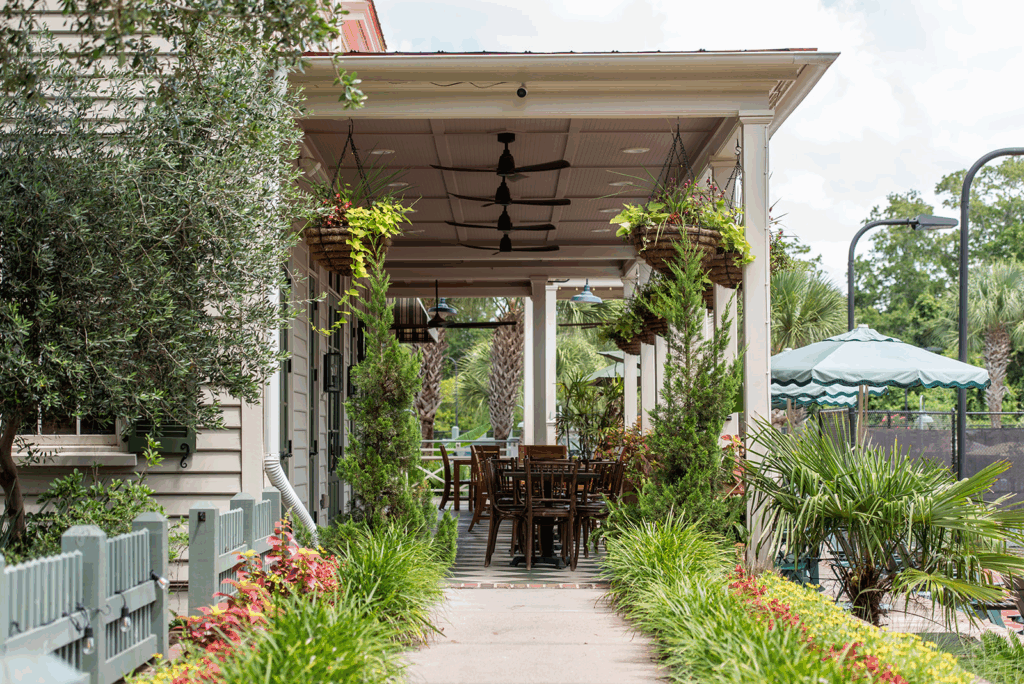At Heritage, we know that healthy landscapes do more than look beautiful. They create thriving ecosystems that support pollinators, wildlife and people. That’s why, this Biodiversity Month, we’re planting a spotlight on sustainability in commercial landscaping. Here’s how we transform properties across South Carolina into thriving, eco-friendly landscapes while advancing our customers’ biodiversity goals.
In commercial spaces, landscaping often serves as the first impression but at Heritage, we design landscapes that go beyond aesthetics. By incorporating native plants, pollinator habitats, and drought-tolerant vegetation, we create outdoor environments for our customers that:
🦋 Provide food and shelter for birds, bees, and butterflies
🌱 Strengthen ecological resilience against climate change
❌ Reduce reliance on chemicals
🤝 Support healthier, more engaged communities and workplaces
From corporate campuses & retail centers to parks and wellness gardens, we believe every property has the potential to become a micro-habitat that contributes to the larger ecological web.

Sustainable Practices for a Healthier Future
However, promoting biodiversity isn’t just about plant selection. It’s also about how we care for the land. Heritage is proud to lead the industry in adopting sustainable equipment and practices that minimize environmental impact, such as:
🌿 Eco-friendly battery-powered equipment reduce emissions and noise
💧 GPS mapping of irrigation systems to optimize water use and reduce waste
♻️ Producing our own mulch at our Columbia, SC headquarters, recycling organic material to enrich soil and reduce waste
By integrating sustainability into every aspect of our operations, we ensure that our biodiversity efforts don’t stop at the planting stage; they extend into daily maintenance and care.

Optimize Your Landscape for Biodiversity
Here are 4 easy steps to consider to start encouraging biodiversity at your commercial site.
🌿Understand your site conditions before selecting plants. Several factors determine the types of plants that will thrive, so consider conducting a site analysis to identify soil type, sunlight exposure, water availability and local climate.
🌿Select native plants as much as possible. Native plants are naturally adapted to the local environment and typically require less water, fertilizer and pesticides. They also provide habitats for local wildlife.
🌿Group plants with similar needs. Grouping plants with similar water, light and soil requirements can drastically reduce the inputs needed for maintenance. This practice, known as hydrozoning, ensures that each plant receives optimal care without wasting time and resources.
🌿Utilize mulch and ground cover plants. Mulch and ground cover plants play a vital role in conserving soil moisture, regulating soil temperature and suppressing weed growth. Organic mulches, such as wood chips and straw, gradually decompose, enriching the soil with nutrients. Ground cover plants create a living mulch that reduces the need for chemical herbicides.

Looking Ahead
As we celebrate Biodiversity Month, we invite businesses to reimagine their landscapes as living, breathing assets that contribute to a stronger, healthier future for all. Together, we can create spaces where people and nature thrive today and for generations to come.
Interested in transforming your landscape into a hub for biodiversity?
Reach out to our team at Heritage to explore sustainable, nature-based solutions tailored to your property and goals. Get a quote today.

